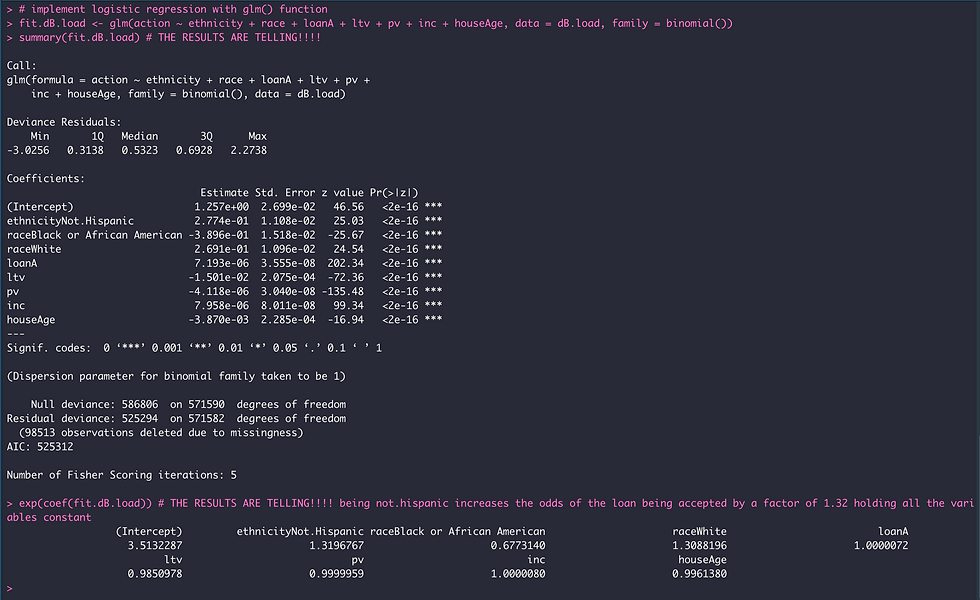Interlaced Objects no.1: an art installation involving textiles, data, flowers and video
- Martin Calvino

- May 14, 2021
- 2 min read
Updated: Nov 19, 2021
Often overlooked, plants not only provide us with a source of oxygen and food, but also medicine, fuel, fibers, refuge and recreation. Climate change, environmental degradation and urbanization are pressing challenges threatening the life cycle of many plant species. In INTERLACED OBJECTS, Calvino symbolized our shared dependency on plants with a long textile structure connecting painted mannequins. The textile structure harbors woven patterns interpreting DNA sequence data from sorghum, a crop plant native to Africa and highly cultivated in United States as source of grain, fodder and biofuel. Furthermore, plant-derived fibers such as cotton, bamboo and yute are prominent components in the woven piece, reminding us of the central place that plant products take in the apparel industry. Mannequins represent people from different ethnic groups, races and geographies. For this reason they are faceless and were painted in different colors. Each mannequin is grounded to a concrete base containing artificial flowers, evocative of human’s desire to imitate nature rather than protect it.
Figure 1. Images illustrating art installation composed of painted mannequins, textile work, artificial flowers, painted wooden dowels and painted concrete blocks.
The installation is accompanied by an audiovisual piece named 'Digital Cloth', also created by Calvino (Figure 2). The video artwork is inspired on Calvino's public art project 'Weaving Narratives' in which people submitted their written stories on what helped them to remain hopeful during the pandemic. Many participants had mentioned taking care of their plants or spending time outdoors in nature as soothing mechanism agains isolation during the pandemic. The video piece reflects on the process of weaving through an artistic perspective. People can access the video on their phones through the scanning of a QR code placed next to the art installation shown in Figure 1. Thus, visitors can have a physical and digital experience of Calvino's work.
Figure 2. In Digital Cloth the act of using a floor loom to weave narratives on remaining hopeful during the pandemic serves as inspiration to combine audiovisual materials, as if they were threads, into an intangible textile artwork. Based upon Calvino's public textile art project Weaving Narratives, in which he collects, records and exhibit written words from participating individuals in his community, Digital Cloth explores (and interrogates) the relationship among the spoken and written text with sounds and images.











Comments